Until the middle of the 20th century, boats were made only of wood. Industrial development and the emergence of new materials such as fiberglass and plastics led to a gradual shift away from wood. As a result, for more than two decades the tradition of making wooden boats began to fade into oblivion and the craft of boat building was abandoned. Since the 1970s, when boat racing resumed in the UK, traditional wooden boat building has been revived.

Boat Building Academy
Boat Building Academy is a school established in 1997 for those who want to learn both traditional and modern methods of boat building. The school welcomes learners of all ages. There are young people who want to learn a craft, but also older people with a passion for boats. People with very different jobs take a sabbatical year to learn as much as they can about their passion.
One of the most famous graduates is Mark Bestford who, in his 50s, set up Boatwork Ltd. He was invited to St. James's Palace to tell Prince Charles how he decided to follow his passion, making a living at an age when others are thinking of retirement.
The BBA studies the traditional way of making and restoring wooden boats and oars. Students learn in groups of 8 for 38 weeks. Right from the start they choose a boat design and, in parallel with the theoretical courses, start building it. They have no summer vacation and work a minimum of 40 hours a week. They are encouraged to work on the boat in their free time, after class and at weekends. At the end of the courses, before Christmas, the boat is launched in a ceremony. After this, the Academy goes on its only vacation of the year.
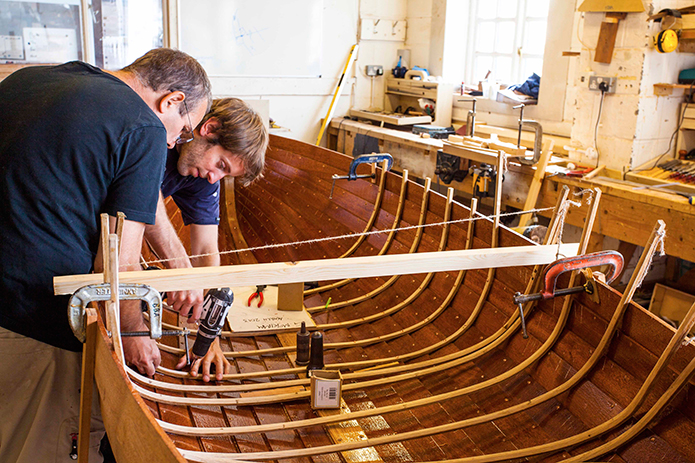
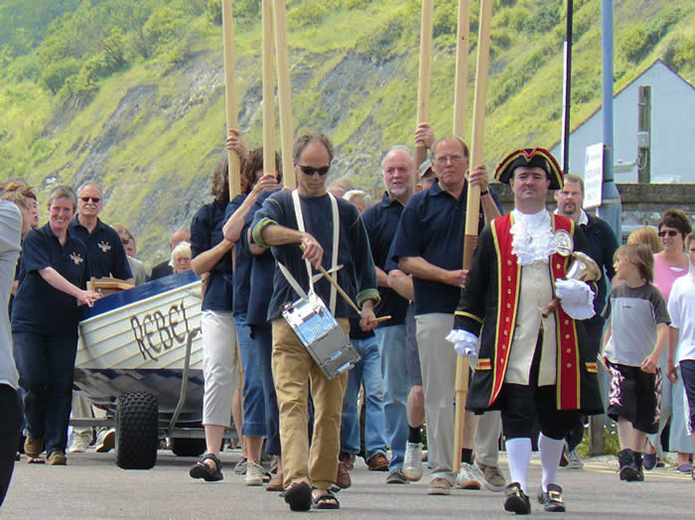
Materials used to build the boats
The boats taught at the BBA are dinghies, yachts, kayaks, canoes, yahts, and large boats. The species of wood used in their construction are elm, oak and African mahogany for structure and cladding, fir, spruce, red cedar and larch for cladding and decoration. The ribs - those perpendicular ribs running perpendicular to the cladding planks - called 'ribs' are made from oak. Sweet chestnut (a local species) is also sometimes used for decoration.
Sail frames and oars are made from Sitka spruce. Traditional wooden boats are built using sawn timber cut from logs which is then shaped into planks and nailed or screwed together with nails or screws, and glue is not allowed. Traditional techniques are used to bend the wood, i.e. steaming it and then clamping it in moulds to give it the desired shape.
The planks are attached to the frame of the boat using a special technique that allows the wood to change its dimensions as a result of water absorption. When it is not in the water, the boat needs special maintenance so that it does not dry out too much and lose some of the filler material (tar from the rider). When building traditional wooden boats, all operations are carried out using hand woodworking tools. Students also learn to use modern tools, but they are not used for traditional boats.

Building traditional boats
Building traditional wooden boats is a complex and fascinating process, even if the boat seems small and simple at first glance. It all starts from an existing design in the academy or made by designers based on old boat models. Drawings, calculations and molds are then made for curving.
Wood and other materials are chosen. You start with a central structure and a frame on which the planks are placed one on top of the other, one by one, one on top of the other, and then fastened with nails and screws. Apply the perpendicular ribs, the reinforcements on the bottom of the boat and the edges. The planking on which the boat will rest and the metal elements supporting the oars are laid. Finally the boat is protected with traditional paints or oils. Apply as many coats as necessary to protect the boat from moisture and the destructive action of UV radiation.
The construction of the oars also involves a real art of blending different types of wood and processing them. To make the handle of the oar, start with a piece of wood that is square in cross-section. It is machined to an octagon, then machined again until the cross-section is a regular geometric shape with 16 sides. By sanding this 16-sided wooden stick, the round shape of the paddle handle is obtained.
And how simple it would have been to do everything on a lathe! But it would have meant abandoning traditional methods and this is not acceptable in a traditional boat project. Find out more about building traditional wooden boats here.
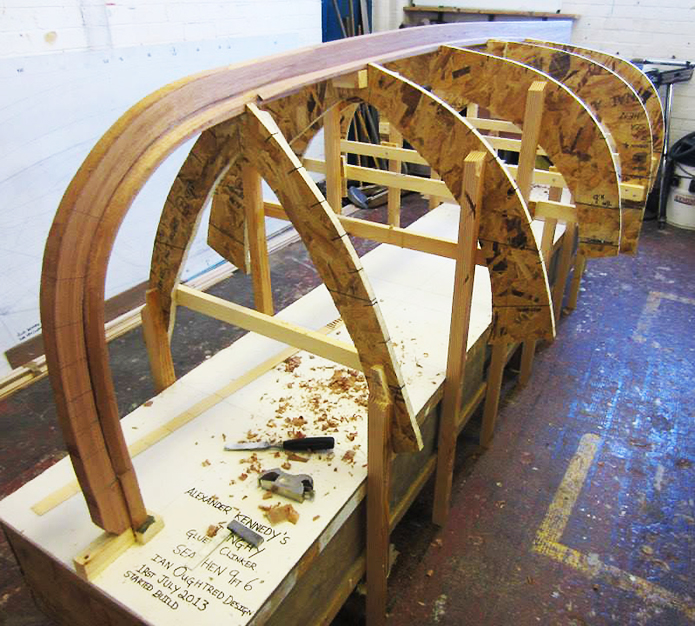
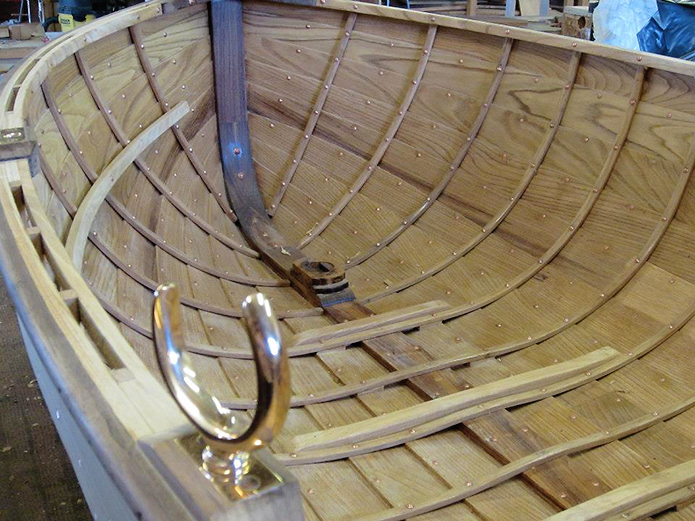
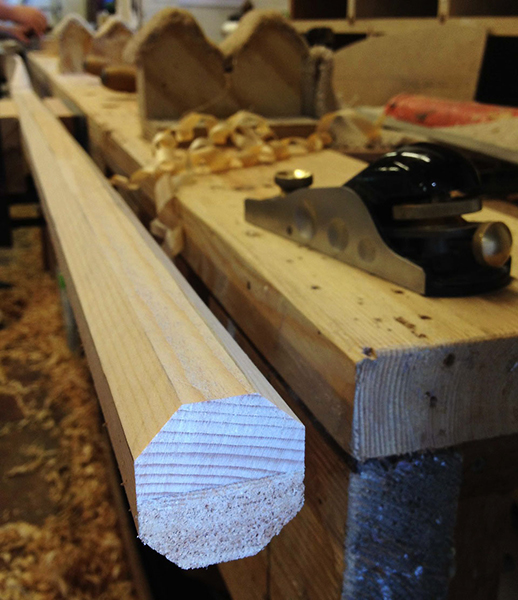
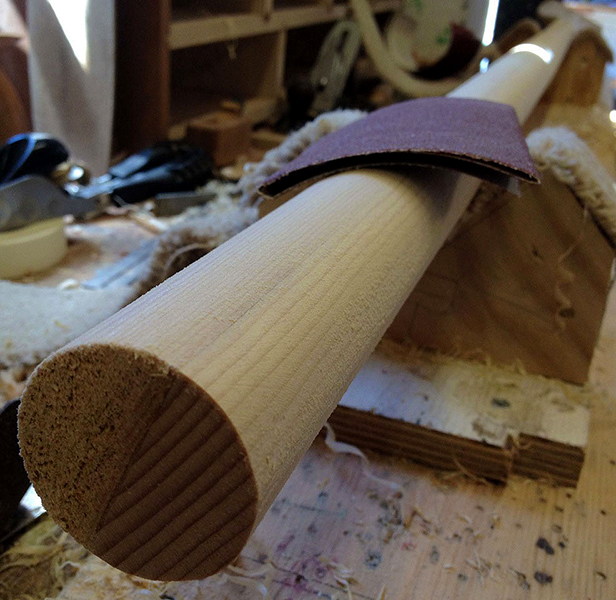
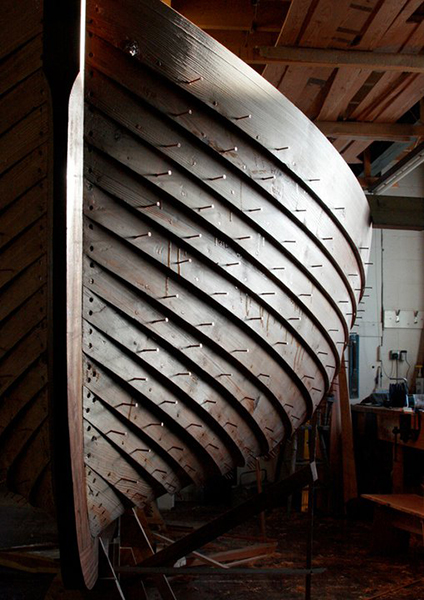
Boat Bilding Academy helps some to find a path in life and others to follow their passion. They say they have students ranging in age from 17 to 87. This passion for boat building continues with most of them sailing the boats they build themselves. It is a passion that for some is a lifestyle. To convince you I leave you in the company of Ben Harris, a boat builder and sailor, who talks about his passion.

























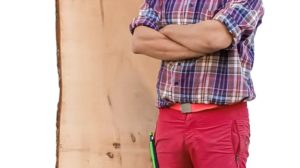
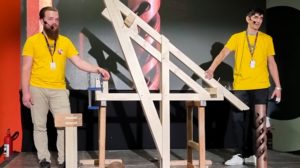


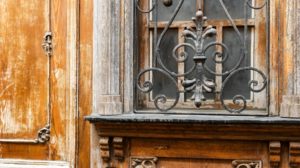

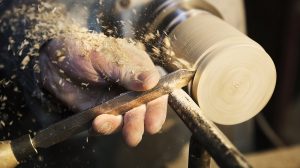
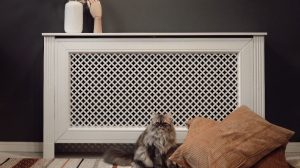



Add comment